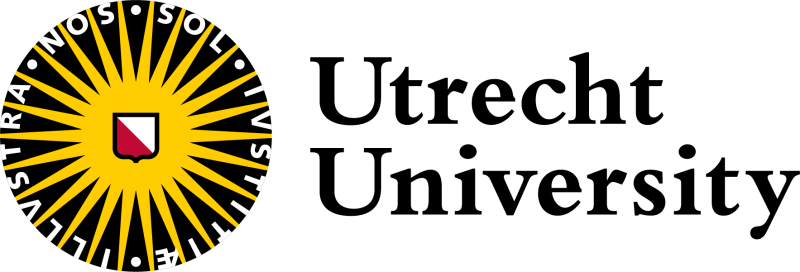Honeycomb-shaped monoliths are commonly used for car exhaust catalysts. In this research, we expand their use to produce hydrogen via steam methane reforming, and use state-of-the-art characterization techniques to investigate their deactivation.

In my research, honeycomb-type catalyst materials (often used in automotive industry) loaded with platinum group metals (PGM) are explored to improve compatibility with smaller steam methane reforming (SMR) reactors. The goal is two-fold: researching different catalysts’ performances, and developing in situ and operando techniques for these monolithic structures to monitor coke formation and metal sintering. This will eventually help in gaining a better understanding of deactivation processes featured in SMR.
One interesting (but challenging) technique that I want to explore is Spatially Offset Raman Spectroscopy (SORS) – also used in security screening – to measure coke formation at different locations in the monolithic structure from the outside of the support. Next to that, different 3-D imaging techniques, such as micro-CT and X-ray holotomography, are used to chart the distribution of coke deposits.
Partners




